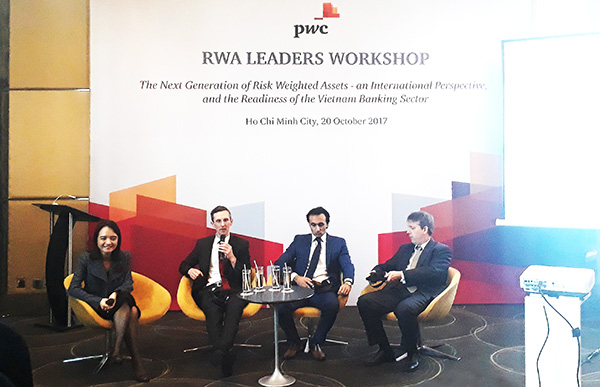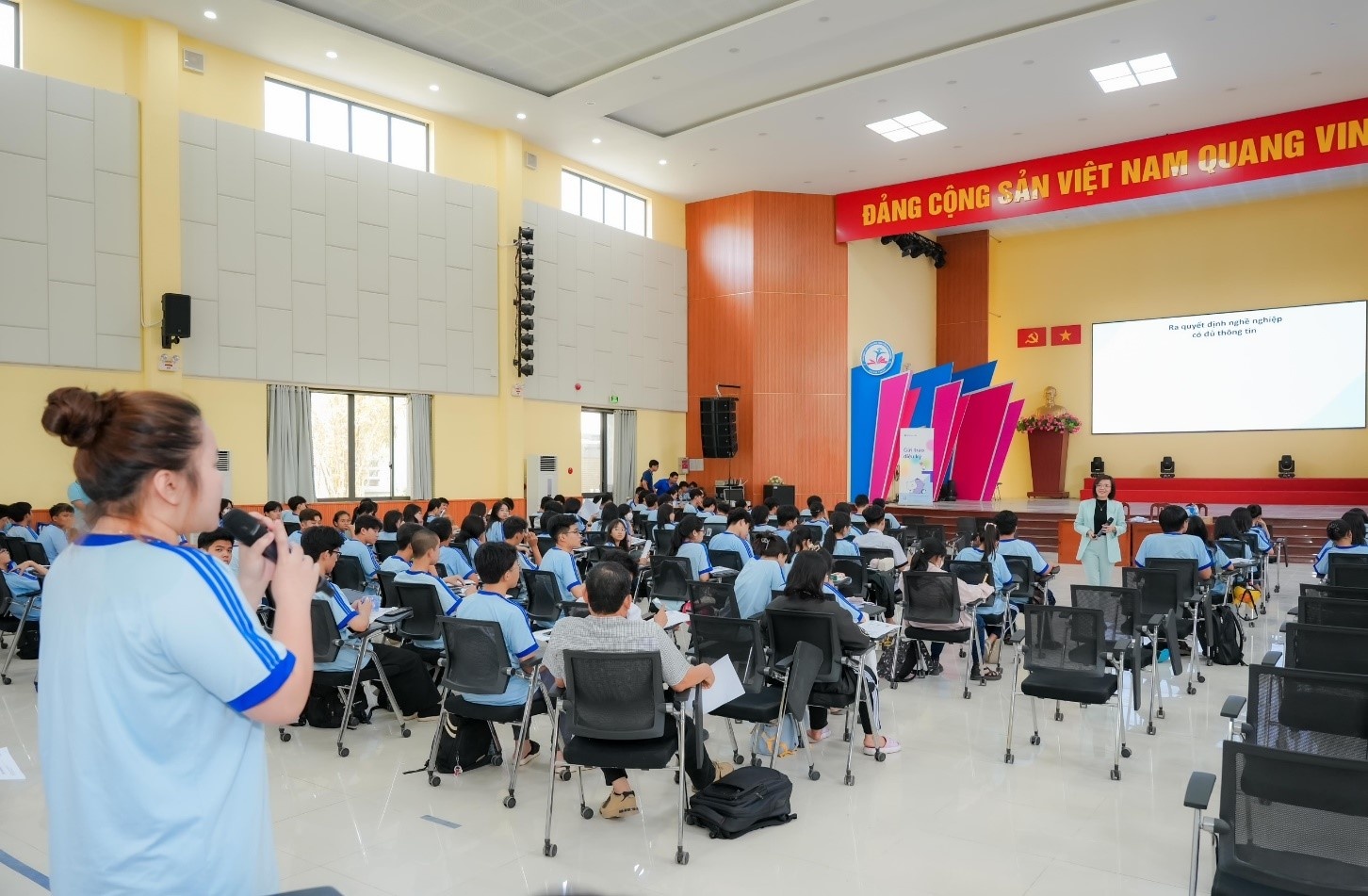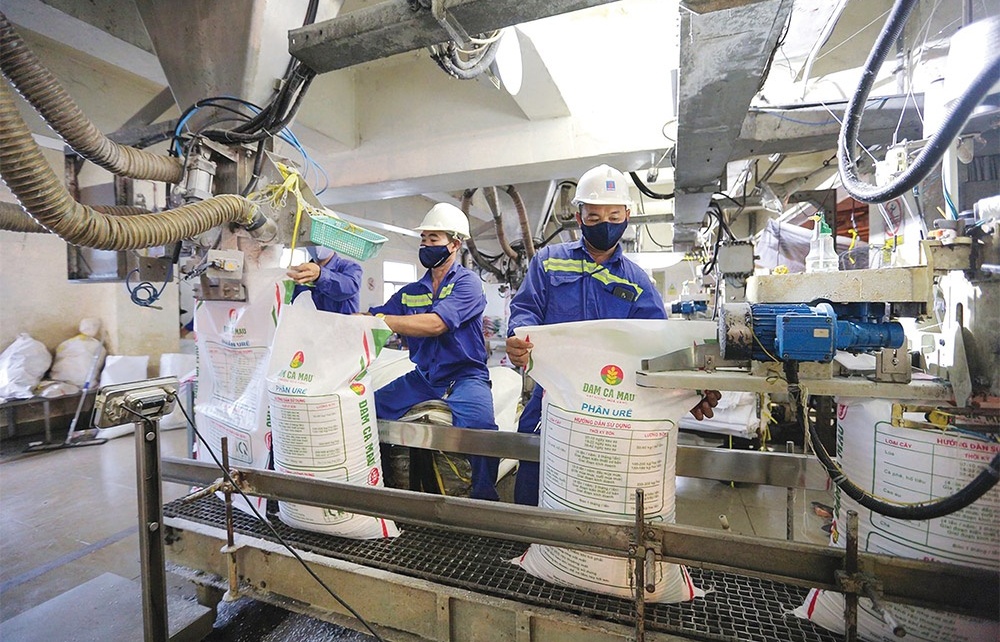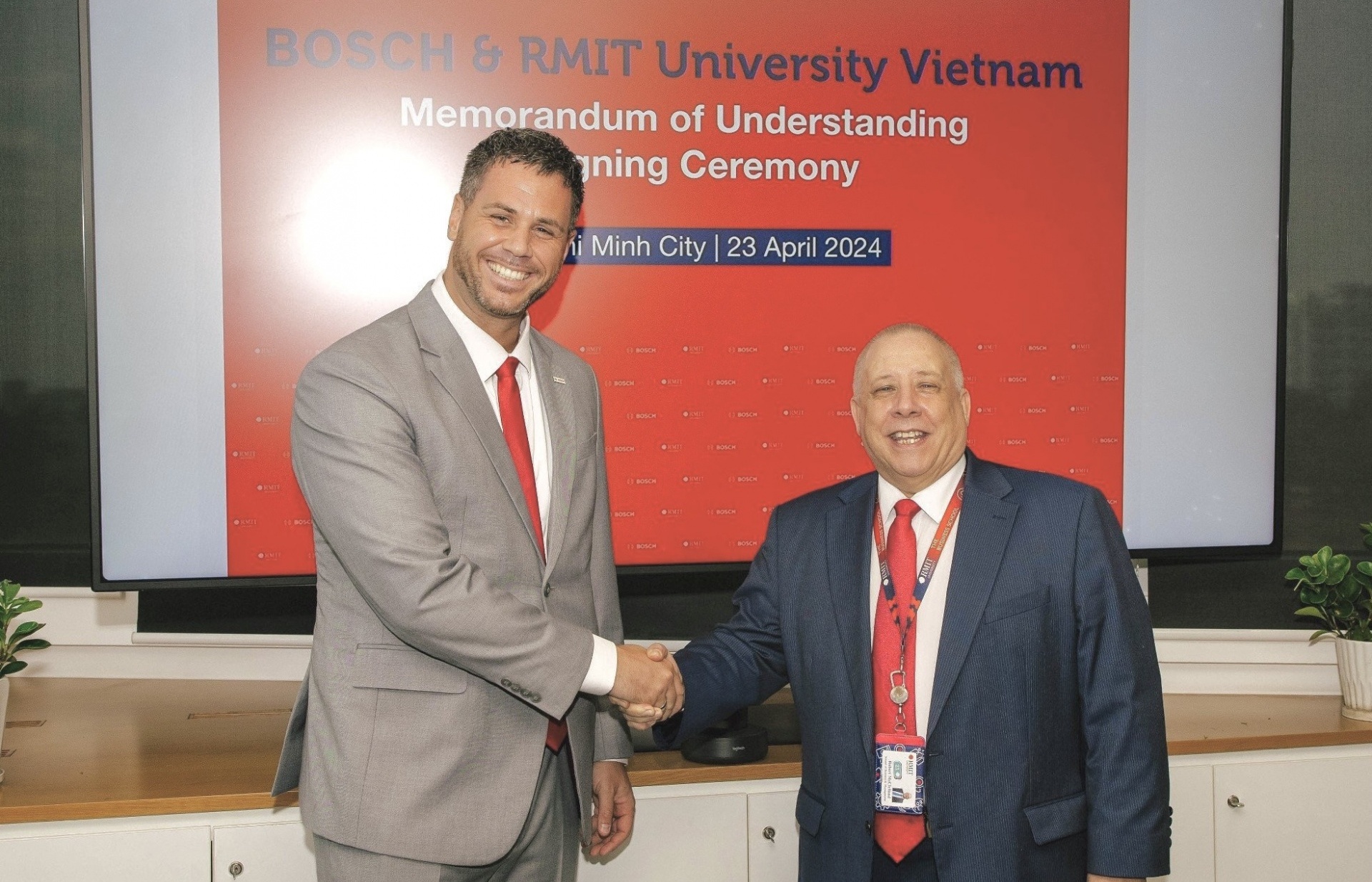Next generation of risk-weighted assets requires swift actions
 |
| The State Bank of Vietnam’s Circular 41 introduced new risk-weighted assets to the Vietnamese market |
The State Bank of Vietnam’s Circular No.41/2016/ TT-NHNN has been deemed a progressive move to introduce a new generation of risk-weighted assets (RWA) in capital adequacy regulations for Vietnamese banks. Circular 41 is widely known as the first to adopt Basel II standards in Vietnam. However, the major shakeup of the circular is the adoption of the revised standardised approach for credit risks, drawn from the latest revisions to the Basel Framework, referred to as “Basel IV”.
For global banks, Basel IV has been changing all existing methods for the calculation of RWA, regardless of the type of risk and regardless of whether a bank uses standardised approaches or internal models. This means that the total calculation of capital ratios will change.
“Circular 41 has adopted the latest generation of credit risk RWA introduced in the Basel standards for implementation in Vietnam. This reflects the forward-looking vision of the banking supervisory authorities in leveraging the leading practices on RWA for the benefit of the Vietnamese banking sector,” Martin Neisen, PwC’s Global Basel IV Lead, said at a workshop held by PwC Vietnam for Vietnamese bank leaders in Hanoi and Ho Chi Minh City last week.
“The benefits include improved risk sensitivity of capital requirements, a better link between the standardised approach and the internal model approach, and enhancement of policies and procedures. The new approach also brings a greater opportunity for the banking supervisor to compare capital adequacy among banks, thus ensuring safety and stability for the whole banking system,” Neisen said. “Elsewhere in the world, international banks are dealing with unprecedentedly comprehensive changes in RWA with the advent of Basel IV. To overcome the challenges, many are adjusting their capital management strategies and restructuring their asset portfolios, products, and operational models.”
RWA calculation can reveal some fundamental challenges that banks might face, such as a lack of capital, and business strategies or asset portfolios inappropriate for achieving capital optimisation.
Vietnam’s banking sector is starting a new journey with the implementation of the next generation of RWA as per Circular 41. PwC’s experience with RWA implementation in international and Vietnamese banks shows that the new RWA approach is by no means an easy and simple task. It requires a thorough understanding of the RWA methodology, detailed data collection and processing, and a robust RWA system. This process could take nine to 12 months, or up to two years in large banks.
After the RWA calculation results are in, banks will be able to identify their own problems and take action. However, after they have decided to change their business strategy or restructure their asset portfolios, it could take banks one to two years before any capital optimisation impact shows, Neisen said.
That means that it could be a two- to three-year journey in total for banks to comply with Circular 41.
“Non-compliance with capital adequacy regulations is not an option for banks. The compliance is to demonstrate their financial and risk management capacity, and deliver the transparency level that the market, investors, and credit rating agencies expect,” Dinh Hong Hanh, Financial Services Consulting director at PwC Vietnam, said at last week’s workshop.
“Regardless of your bank’s size, non-compliance with Circular 41 by the date it goes into effect could cost you your advantage among your peers in the eyes of the market, the investors, and the credit rating agencies. The clock is ticking and Circular 41 takes effect in just over two years. There is no time left for hesitation,” Hanh said.
“Compliance will only be possible if you start the RWA implementation now and give 100 per cent of your focus to this important transformation,” she added.
What the stars mean:
★ Poor ★ ★ Promising ★★★ Good ★★★★ Very good ★★★★★ Exceptional
Latest News
More News
- Techcombank targets strategic investor and announces dividend (April 23, 2024 | 14:45)
- HoSE to launch KRX trading system on May 2 (April 23, 2024 | 12:16)
- Refinements necessary for stock market (April 23, 2024 | 11:00)
- Solutions for enhancing provision of the stock market (April 23, 2024 | 10:38)
- MB aiming for 30 million customers by end of year (April 22, 2024 | 17:43)
- MB finalises strategy for acquisition of distressed bank (April 22, 2024 | 16:33)
- Vietnam central bank postpones gold bar auction (April 22, 2024 | 15:27)
- Benefits of pension funds must be incentivised (April 22, 2024 | 15:00)
- KRX trading system to begin official operation (April 22, 2024 | 14:09)
- Voluntary pensions to rejuvenate the sector (April 22, 2024 | 14:00)


















 Mobile Version
Mobile Version